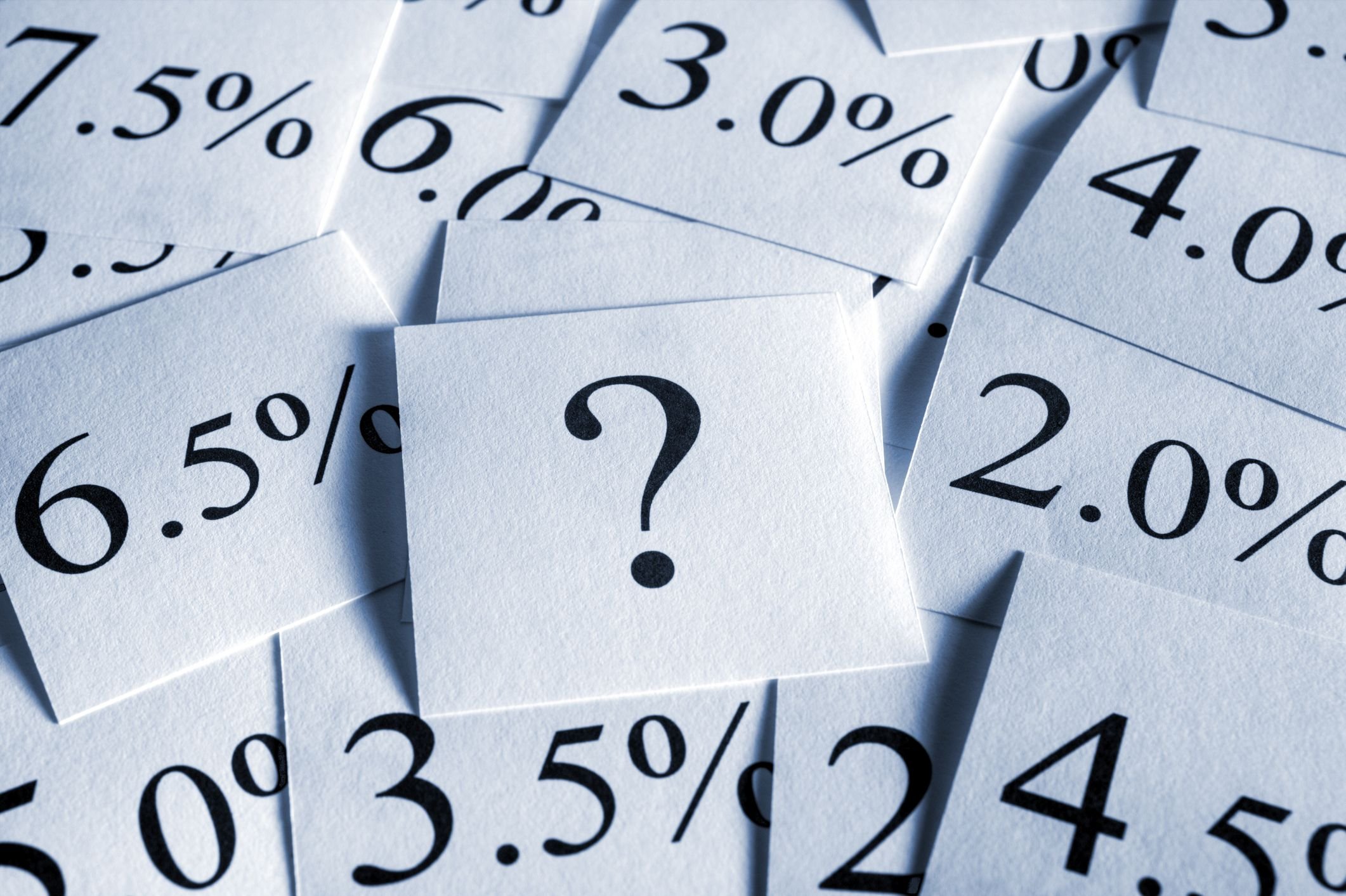Dividends are a nice way to earn a regular income, but if you're not careful, you might find that those payments are not as secure as you once thought.
Follow these easy steps to help ensure you don't get a nasty surprise, which likely delivers a double whammy since a company's stock price often slides after the announcement of a dividend cut.

Image source: Getty Images.
1. Is the company committed?
A good first step is to check a company's dividend track record. While the past is no guarantee, it does show a company's commitment to making payments through various circumstances. Paying through deep recessions and even the current pandemic speaks well of a company.
You could start with Dividend Aristocrats, which are companies in the S&P 500 that have raised payments for at least 25 straight years.
If you want to narrow it down further, you may wish to look at Dividend Kings, those that have increased dividends for a minimum of 50 years. As of December, this list had 27 companies, and includes well-known, established, and successful companies like Coca-Cola (KO 0.06%), Johnson & Johnson (JNJ 0.41%), and Procter & Gamble (PG 0.07%).
2. Do your homework
Raising dividends for more than 50 years is an impressive feat. But before you jump into the deep water, it is important to take the next step to see if a company can continue increasing payments.
Higher earnings fuels free cash flow, making these two figures critical in determining a company's dividend sustainability. Using Procter & Gamble as an example, last April the board of directors announced a 6% increase to its quarterly dividend to $0.79, marking 64 straight yearly raises.
As remarkable as this is, a quick glance at the company's income and cash flow statements show that Proctor & Gamble is in a good position to continue this streak. It had an impressive 2020 and its fiscal 2021 is off to a good start. For Procter & Gamble's fiscal second quarter, which ended on Dec. 31, adjusted earnings per share rose by 15% to $1.64. Its free cash flow was $8.7 billion for the first half of the year, which easily covered the $4.1 billion of dividends. Looking ahead, management is optimistic about 2021.
3. Watch for trouble
After checking the above two boxes, it's time to see if the company is facing any issues on the horizon that could impact its dividend payments. One way to do this is to look at the company's dividend yield. While it may sound counterintuitive, a high yield may reflect a stock price that investors have beaten down. If that's the case, the market is telling you that it perceives there are issues likely to impact dividends, and the company may cut the payout.
You can also look at a company's payout ratio or the percentage of its earnings that it pays out as dividends. While it could fluctuate from year to year, investors should see a stable and sustainable rate. If a company's payout ratio is increasing or it is above 100%, this is an indicator that it may cut the payment.
These tips are designed to save you from financial pain by helping you ensure a company remains willing and able to continue raising its dividend. After all, there's nothing worse than investing in a stock only to have the rug pulled out from under you. Following these steps should minimize the chance of that happening.








